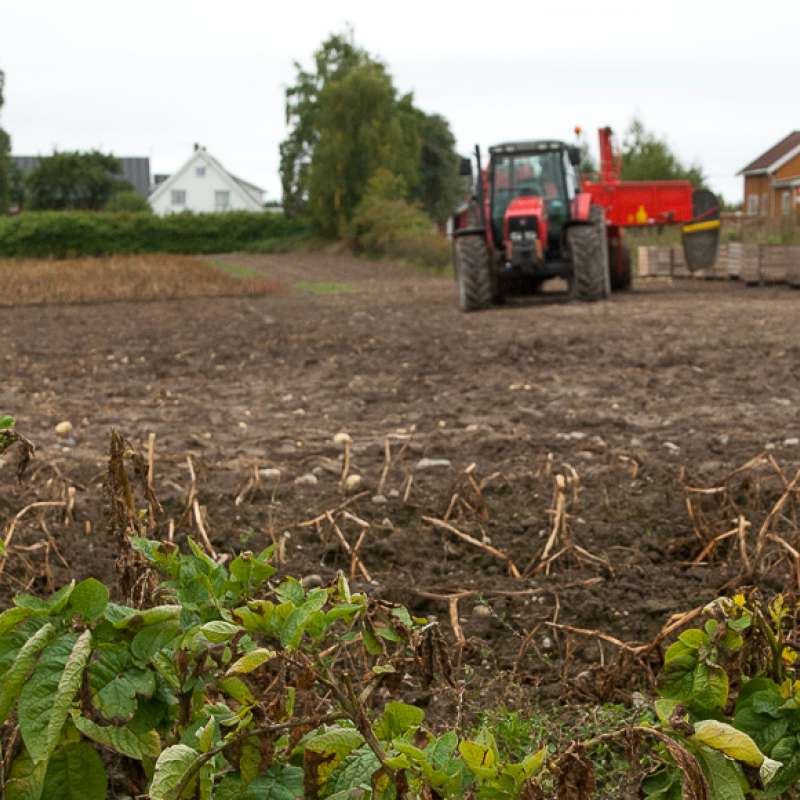Kirsten Tørresen
Research Scientist
Abstract
No abstract has been registered
Abstract
No abstract has been registered
Authors
Lars Olav Brandsæter Øystein Skagestad Kirsten Tørresen Torfinn Torp Vegard Hjerpaasen Timo Lötjönen Jukka SalonenAbstract
No abstract has been registered

Division of Biotechnology and Plant Health
SOLUTIONS: New solutions for potato canopy desiccation, control of weeds and runners in field strawberries & weed control in apple orchards
Efficient measures for weed control and similar challenges are vital to avoid crop loss in agriculture. National supply of food, feed and other agricultural products depends on each farmer’s success managing their fields and orchards. The recent loss of the herbicide diquat, and the potential ban on glyphosate, - both important tools for farmers -, raise a demand for new measures for vegetation control. Efficient alternatives to herbicides are also important tools in Integrated Pest Management (IPM). Norwegian growers need to document compliance to IPM since 2015 to ensure minimum hazards to health and environment from pesticide use.

Division of Biotechnology and Plant Health
Weeds vs. Crops: the winner of climate change
This project investigates the effects of climate change on competition between weeds and crops and will provide essential knowledge for developing adaptation strategies in the face of a changing climate.
